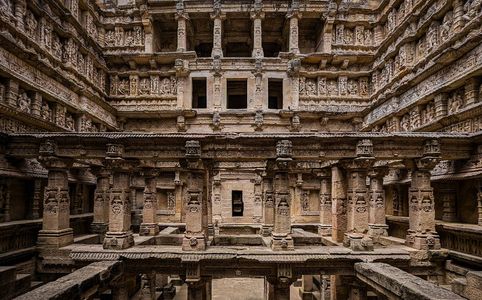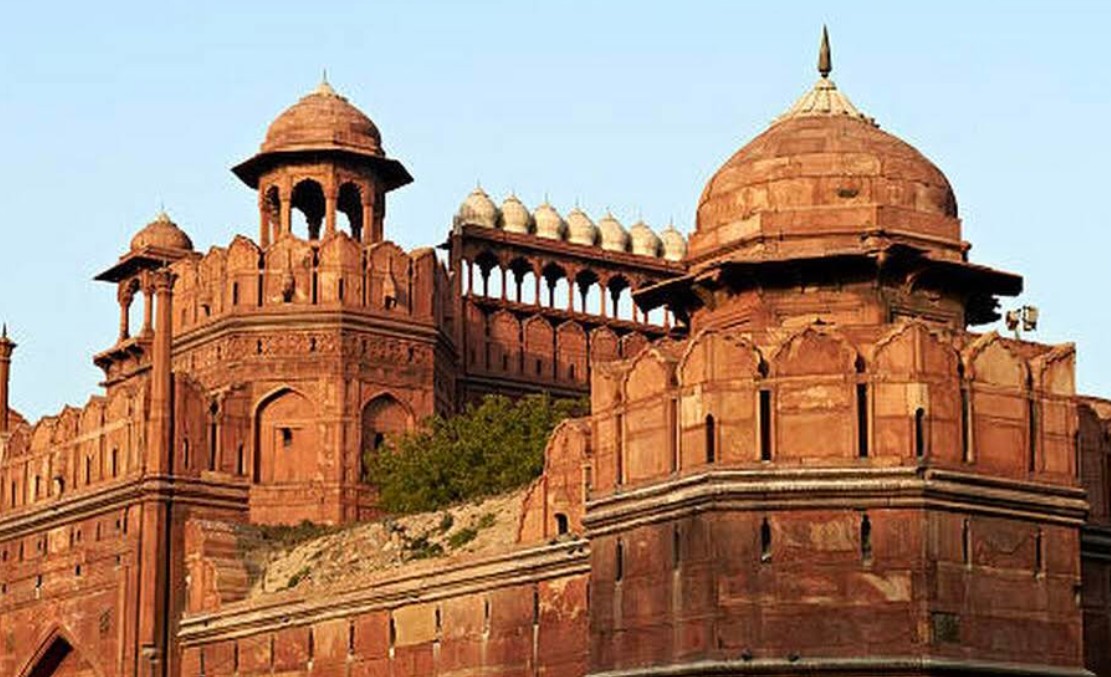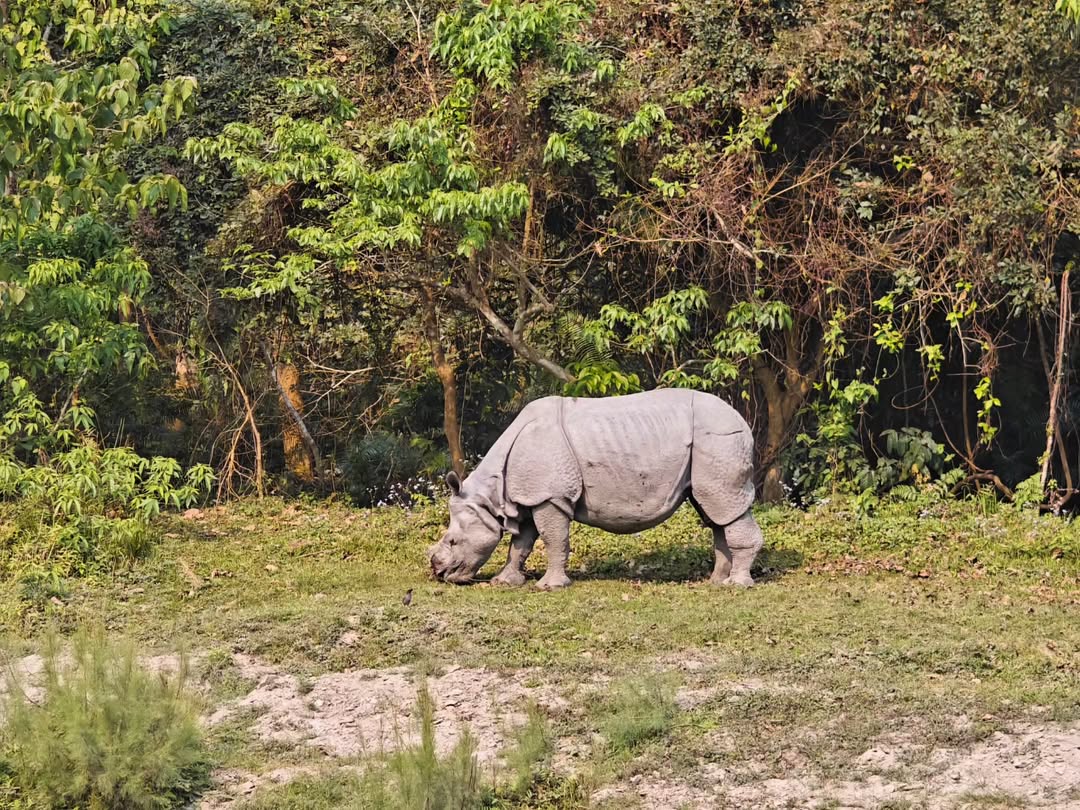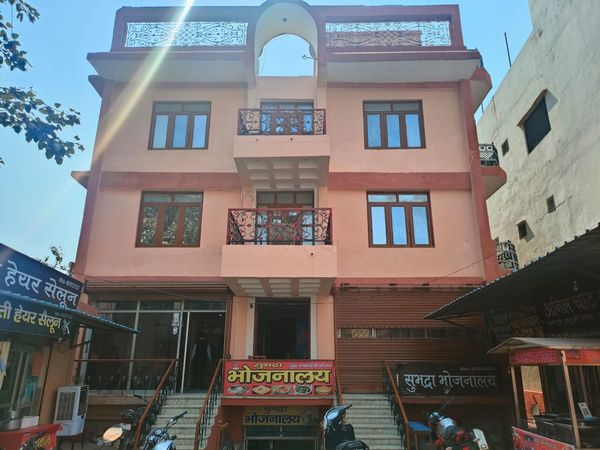UNESCO World Heritage Sites in India - A Comprehensive Guide
 Deepanshu Negi
29 Jul, 2025
12 mins read
54
Deepanshu Negi
29 Jul, 2025
12 mins read
54

India is a country with a deep connection to its past and nature. From iconic monuments to peaceful forests, many places across the country have been recognized by UNESCO as World Heritage Sites. These places are considered valuable for all of humanity and are protected for their cultural, natural, or historical importance.
As of 2025, India has 42 UNESCO World Heritage Sites, including cultural, natural, and mixed sites. In this guide, you’ll learn about the most famous ones, what makes them special, and what you can do when you visit.
What Is a UNESCO World Heritage Site?
UNESCO World Heritage Sites are places around the world that are considered important for their history, culture, nature, or science. These sites are protected to make sure future generations can enjoy and learn from them.
In India, these include ancient cities, beautiful temples, grand palaces, mountain ranges, forests, and unique ecosystems.
1. Cultural Heritage Sites in India
Taj Mahal, Agra
The Taj Mahal is one of the most beautiful buildings in the world. Built by Mughal emperor Shah Jahan in memory of his wife Mumtaz Mahal, it’s a symbol of love and devotion. The white marble structure changes color depending on the time of day, making it a magical experience.
What to do:
Take a guided tour to understand the history and design. Visit early in the morning or at sunset for the best views. Don’t miss the gardens and the reflecting pool.
Qutub Minar, Delhi
Qutub Minar is a tall stone tower built in the 12th century. It’s surrounded by other old monuments and one of the earliest mosques in India. The carvings and the size of the tower are truly impressive.
What to do:
Explore the Qutub complex, including the Iron Pillar and nearby ruins. Photography lovers will enjoy capturing the fine details.
Red Fort, Delhi
The Red Fort was the heart of the Mughal Empire and later became a symbol of Indian independence. Its red sandstone walls, impressive gates, and royal halls make it a popular historical site.
What to do:
Attend the evening light and sound show to learn the history of the fort. Walk through Diwan-i-Aam and Diwan-i-Khas, the royal halls used by emperors.

Fatehpur Sikri, Uttar Pradesh
This was the short-lived capital of Emperor Akbar. The town is full of red sandstone buildings, including palaces, mosques, and halls.
What to do:
Walk through the grand Buland Darwaza, visit the tomb of Salim Chishti, and explore the palace area. A local guide can help bring the stories to life.
Group of Monuments at Hampi, Karnataka
Hampi is a ruined city filled with ancient temples, markets, and palaces. It was the capital of the Vijayanagara Empire and still holds a special charm.
What to do:
Visit the Virupaksha Temple, climb Matanga Hill for a sunrise view, and explore the stone chariot at the Vittala Temple complex.
Group of Monuments at Mahabalipuram, Tamil Nadu
This coastal town is known for its rock-cut temples and sculptures made by the Pallava kings. The Shore Temple and the Five Rathas are highlights.
What to do:
Watch the waves crash near the Shore Temple. Visit the sculpture of Arjuna’s Penance and enjoy a walk along the beach.
Sun Temple, Konark, Odisha
Built in the shape of a giant chariot, the Sun Temple is a marvel of engineering and art. Its wheels are sundials, and the carvings tell ancient stories.
What to do:
Explore the temple early in the morning to avoid the heat. Don’t miss the small museum nearby to learn about its restoration.
Rani ki Vav, Gujarat
This ancient stepwell is decorated with beautiful sculptures. It was built to store water and is a mix of utility and art.
What to do:
Walk down into the well to admire the carvings. It’s also a peaceful place to rest and reflect.
Bhimbetka Rock Shelters, Madhya Pradesh
These caves have rock paintings that are over 30,000 years old. The paintings show scenes from daily life, animals, and dance.
What to do:
Follow the marked trail and try to spot the oldest artworks. A guide can explain the meaning behind the images.
Churches and Convents of Goa
These buildings show the Portuguese influence on Indian culture. The Basilica of Bom Jesus holds the remains of St. Francis Xavier.
What to do:
Explore Old Goa on foot, visit Se Cathedral, and attend mass if you’d like to experience the living faith.
Champaner-Pavagadh Archaeological Park, Gujarat
This hidden gem includes forts, palaces, temples, and a blend of Hindu and Islamic architecture.
What to do:
Visit the Jama Masjid, hike up to Kalika Mata temple, and enjoy views of the surrounding plains.
2. Natural Heritage Sites in India
Kaziranga National Park, Assam
This park is famous for having the largest number of one-horned rhinos in the world. It’s also a home for tigers, elephants, and many birds.
What to do:
Take an early morning jeep safari. Bird watchers will love the wetlands. Wear neutral colors and bring binoculars.

Sundarbans National Park, West Bengal
This is the largest mangrove forest on earth. It’s the home of the elusive Royal Bengal Tiger and saltwater crocodiles.
What to do:
Enjoy a boat ride through the mangrove creeks. Visit the Sajnekhali watchtower for wildlife spotting. Local guides can help spot rare birds and animals.
Great Himalayan National Park, Himachal Pradesh
This protected area in the western Himalayas is full of rare plants and animals, including the snow leopard.
What to do:
Go trekking in the forest. Camp under the stars and enjoy untouched nature. You’ll need a permit, so plan ahead.
Western Ghats
These hills stretch along the western coast of India and are full of forests, waterfalls, and wildlife.
What to do:
Visit places like Wayanad, Munnar, or Agumbe. Go hiking, birdwatching, or just enjoy the cool climate and fresh air.
Valley of Flowers National Park, Uttarakhand
Hidden in the Himalayas, the Valley of Flowers is a dream for nature lovers. Every monsoon, the valley bursts into bloom with colorful flowers.
What to do:
Trek the Valley of Flowers from Govindghat via Ghangaria to witness a burst of wildflowers and rare Himalayan flora and fauna. July to early September is the best time to visit. Bring your camera every view is picture-perfect.
3. Mixed Heritage Site
Khangchendzonga National Park, Sikkim
This park includes India’s third-highest peak and holds spiritual value for locals. It combines cultural traditions with rare natural beauty.
What to do:
Trek through high-altitude trails. Visit sacred lakes like Samiti Lake. Local guides can explain the spiritual stories tied to the mountains.
Why Visit UNESCO Sites in India?
Each World Heritage Site in India tells a story. They connect us to ancient times, teach us about different cultures, and show us nature at its best. These places are not just for sightseeing; they offer experiences that stay with you for a lifetime.
When you visit these sites, you also help preserve them. Entry fees often support local conservation efforts and tourism gives jobs to people in nearby areas.
Final Thoughts
India’s UNESCO World Heritage Sites are treasures that belong to the world. From the majestic Taj Mahal to the peaceful Valley of Flowers, each place offers something unique. Whether you love architecture, nature, or culture, there’s a site waiting for you to explore.
Written By:
Deepanshu Negi



Hotels at your convenience
Now choose your stay according to your preference. From finding a place for your dream destination or a mere weekend getaway to business accommodations or brief stay, we have got you covered. Explore hotels as per your mood.


